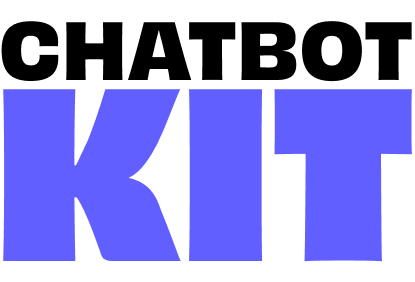

Chat
The main API endpoint that powers your AI chatbots with intelligent responses, conversation memory, and dynamic knowledge base integration.
What it is
The Chat workflow provides:
- Intelligent AI responses formatted for chatbot interactions with text, mood, and animation
- Conversation memory that maintains context across chat sessions
- Knowledge base integration for accurate, contextual answers
- Scenario-based customization with different personalities and behaviors
- Rate limiting protection to manage API usage
- Structured output optimized for frontend chatbot displays
How to use it
API Endpoint
Send POST requests to your webhook URL with:
{ "message": "Hello, how can you help me?", "scenario": "customer-service", "sessionId": "user-123-session-456" }
Response Format
Receive structured responses ready for your chatbot interface:
{ "messages": [ { "text": "Hello! I'm here to help you.", "animation": "Talking", "mood": "Happy" }, { "text": "What can I assist you with today?", "animation": "Listening", "mood": "Curious" } ] }
How it works
- Rate Limiting - Checks if the user has exceeded usage limits
- Scenario Loading - Retrieves personality, prompts, and behavior rules for the selected scenario
- Knowledge Retrieval - Searches the vector database for relevant information
- AI Processing - Generates contextual responses using conversation memory
- Response Formatting - Structures output with text, mood, and animation data
- Memory Storage - Saves conversation context for future interactions
Key Features
Conversation Memory
- Redis-powered persistence maintains chat history across sessions
- 30-day retention keeps conversations accessible for a month
- Session-based isolation ensures user privacy and context separation
Knowledge Base Integration
- Vector search finds relevant information from your knowledge bases
- Automatic retrieval pulls context when users ask questions
- Multi-collection support different scenarios can use different knowledge bases
Intelligent Response Generation
- Multi-message responses breaks long answers into digestible parts
- Mood detection adds emotional context to responses
- Animation guidance suggests visual behaviors for avatar-based chatbots
- JSON structure ready for frontend consumption
Error Handling
- Rate limit responses (HTTP 429) when usage limits exceeded
- Scenario validation (HTTP 404) when invalid scenarios requested
- Graceful fallbacks for missing data or API failures
Customization Options
Language Model
The workflow uses OpenAI GPT-4.1-mini by default, but you can replace it with:
- Claude (Anthropic)
- Gemini (Google)
- Ollama (Open-source local models)
- Grok (xAI)
- Other GPT models (OpenAI)
Response Structure
Customize the output format by modifying:
- Message structure - Add custom fields beyond text/mood/animation
- Response length - Adjust sentence splitting behavior
- Mood categories - Define custom emotional states
- Animation types - Create scenario-specific animations
Memory Configuration
- TTL settings - Adjust conversation retention period
- Session keys - Customize user identification logic
- Memory scope - Control what information persists
Integration Points
- Rate Limiter - Controls API usage and prevents abuse
- Get Scenario Data - Loads chatbot personalities and configurations
- Knowledge Bases - Generated by the Generate Knowledge Base workflow
Best Practices
- Session Management - Use consistent sessionId formats for reliable memory
- Scenario Organization - Create focused scenarios for different use cases
- Knowledge Base Maintenance - Keep vector databases updated with fresh content
- Response Testing - Verify mood and animation mappings match your frontend
- Memory Cleanup - Monitor Redis usage and adjust TTL as needed
This workflow serves as the core intelligence layer for your chatbot applications, handling everything from user input processing to contextual response generation.